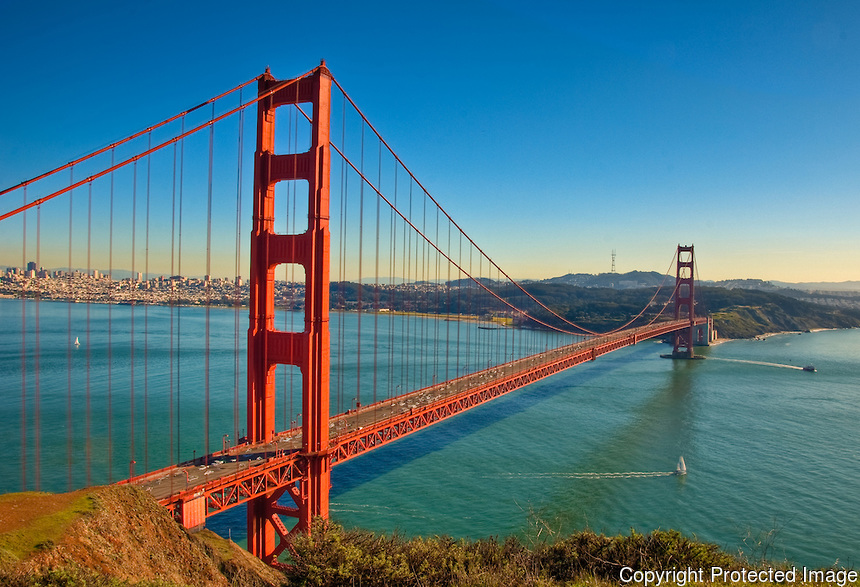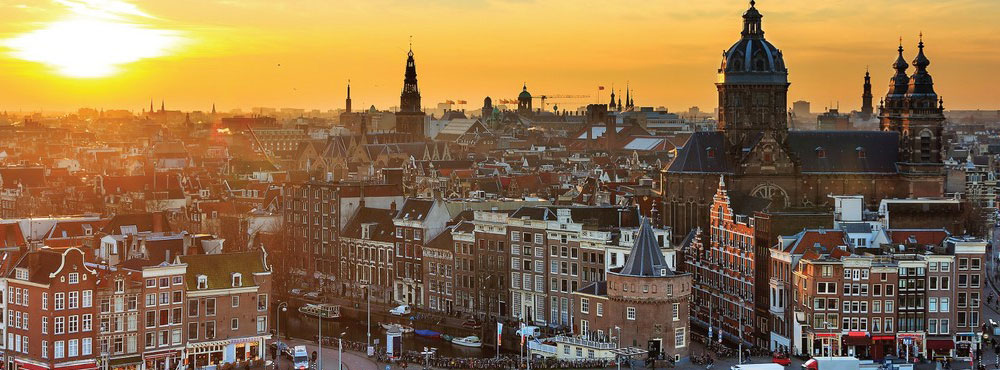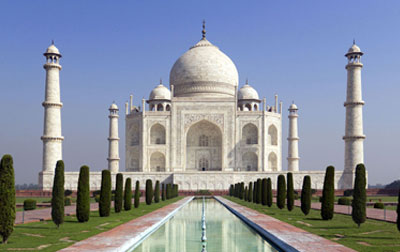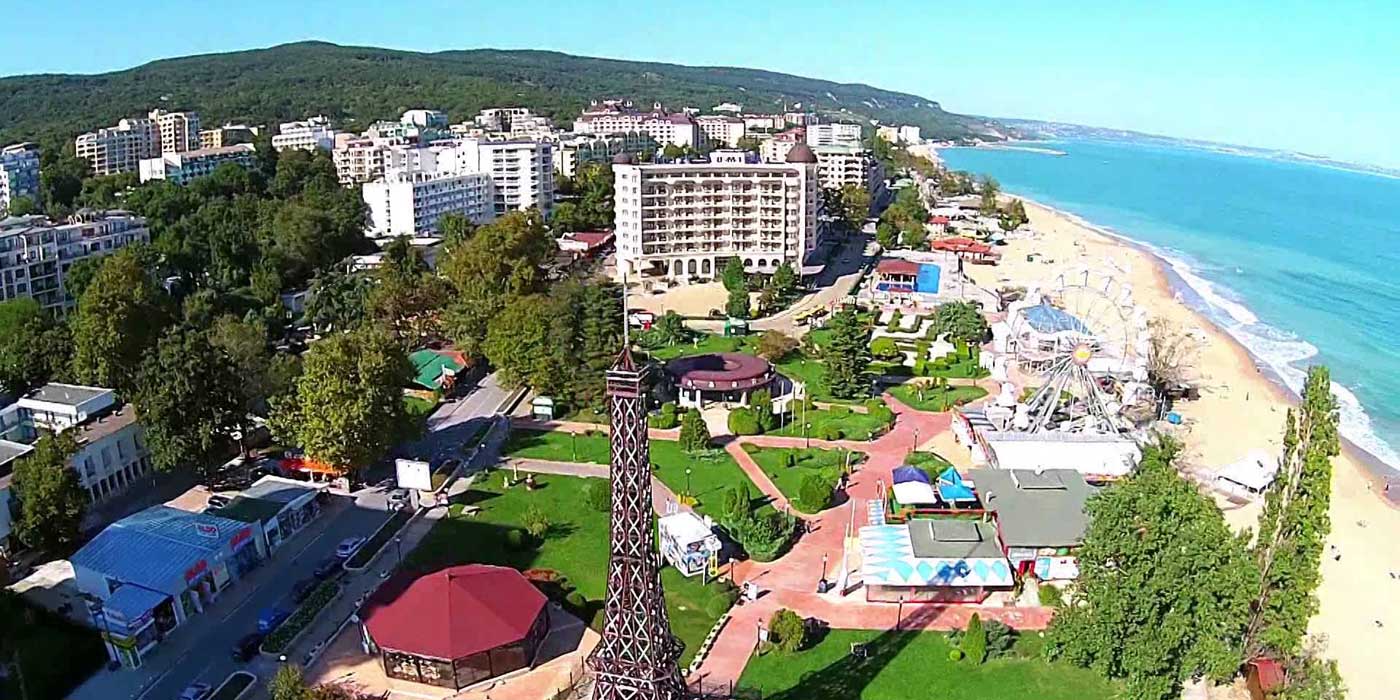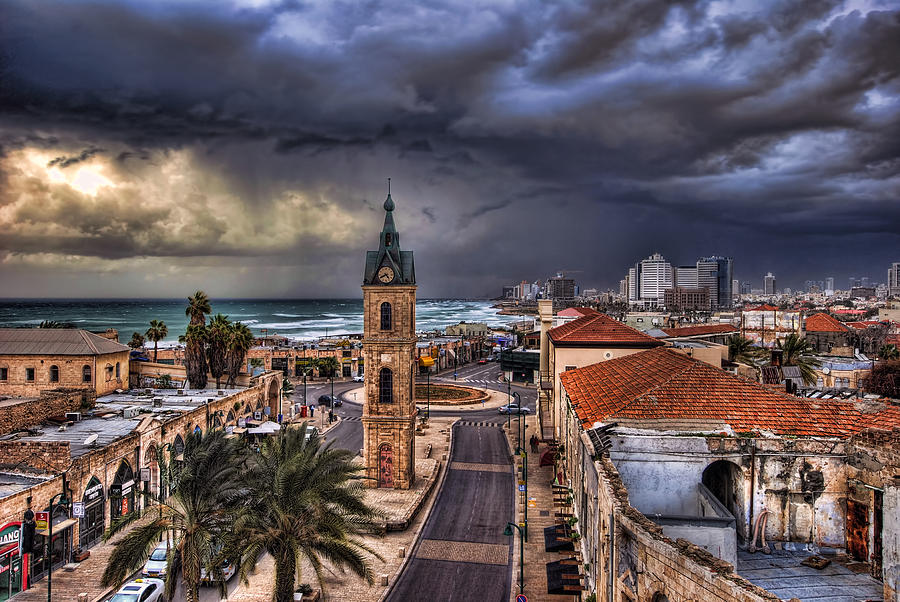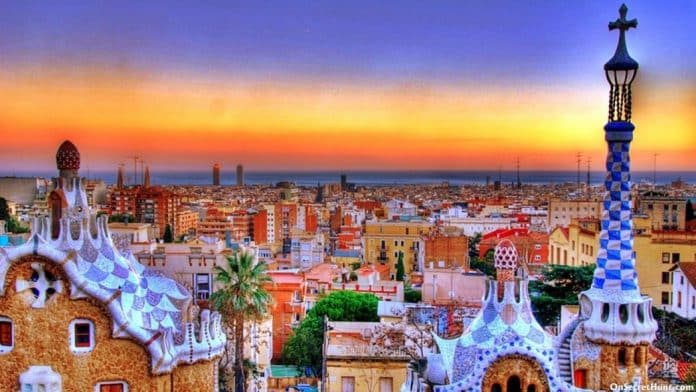Visiting a country includes meeting friendly locals, embarking on tours, and learning about the region’s history. The port city of Caesarea has a rich archaeological history, drawing visitors from all over the world to its excavation sites and ancient past.
 JournAlong Travel Matching app
JournAlong Travel Matching app is a fun and hassle-free way to find travel partners for tours and outdoor ventures. Discovering a region’s ancient roots provides deeper insight into the geopolitical factors regarding its economic role and historic importance.
JournAlong travel matches can explore Caesarea’s ancient roots (and routes) to supplement their trip and add an educational component to their visit.
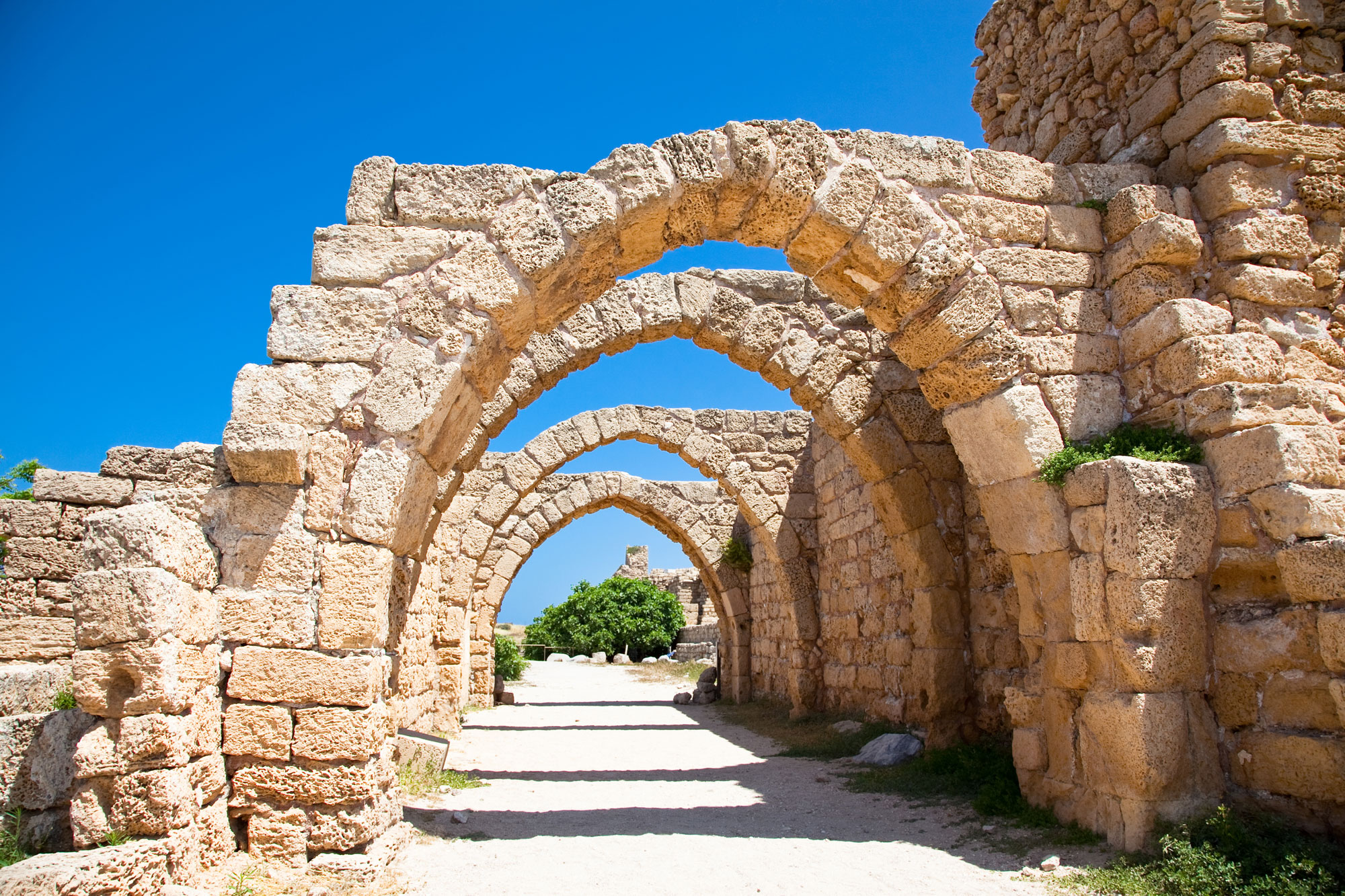 Iconic sites in Caesarea include:
Iconic sites in Caesarea include:
- Caesarea Historic Port: archaeological park featuring architectural elements such as pillars, gravestones, sculptures, delicate carvings, and other artifacts.
- The Hippodrome site: features a Bath house, seashore promenade, Hippodrome’s reconstructed frescoes and an ancient lavatory. The Nymphaeum is a reconstruction of the fountain from the early Roman period.
- Aqueduct Beach: On Aqueduct beach, JournAlong matches can view the ancient aqueduct that transported spring water to the Roman city. Aqueducts were built with the help of advanced engineering techniques, which were considered revolutionary for the period.
- Roman Amphitheater: JournAlong matches can participate in guided tours through the Roman Theater and Caesarea port on Shabbat.

Ancient History:
- Caesarea was an active trading station during the Persian period (4th century BC), on the Mediterranean Sea. A protective fort founded by the King of Sidon in Lebanon, surrounded the area.
- In the Roman period, Herod saw that the area had potential and began constructing a city port there in 30 BC. He named it Caesarea, in honor of Augustus Caesar who had gifted the territory to Herod.
- Caesarea reached new heights in prosperity in the Roman-Byzantine period. The remains reveal a bustling city, sophisticated water system, and cultural and municipal public buildings such as temples and theaters. Caesarea was the capital of the Province of Judea during the Roman period. It was also a place of residence for governors and home to a large Jewish community.
- In the Byzantine period the city became a large metropolis and was well known for its flourishing Christian community. In the Roman and Byzantine periods, Caesarea functioned as a major port city and trade route. Trading ships anchored there for replenishment, rest, and repairs.
- Halif Omar conquered Caesarea (640 CE), and his followers ruled for about 500 years during the Muslim period. It is in this period that the city fell from power. In 1101 the Crusaders conquered Caesarea, but it was not as large as in earlier periods. The Crusaders constructed a smaller port over the ruins of the old port.
- In 1291, Mameluke Sultan Al-Malik Al-Ashraf conquered Caesarea in what is called the “scorched earth.” The Mamelukes feared the return of the Crusaders, so they demolished their coastal cities and ports. As a result, Caesarea was lost under the ruins.
- In the Ottoman period, the area was deserted. Only at the end of the 19th century did Bosnian Muslims construct a small town which survived until 1948.
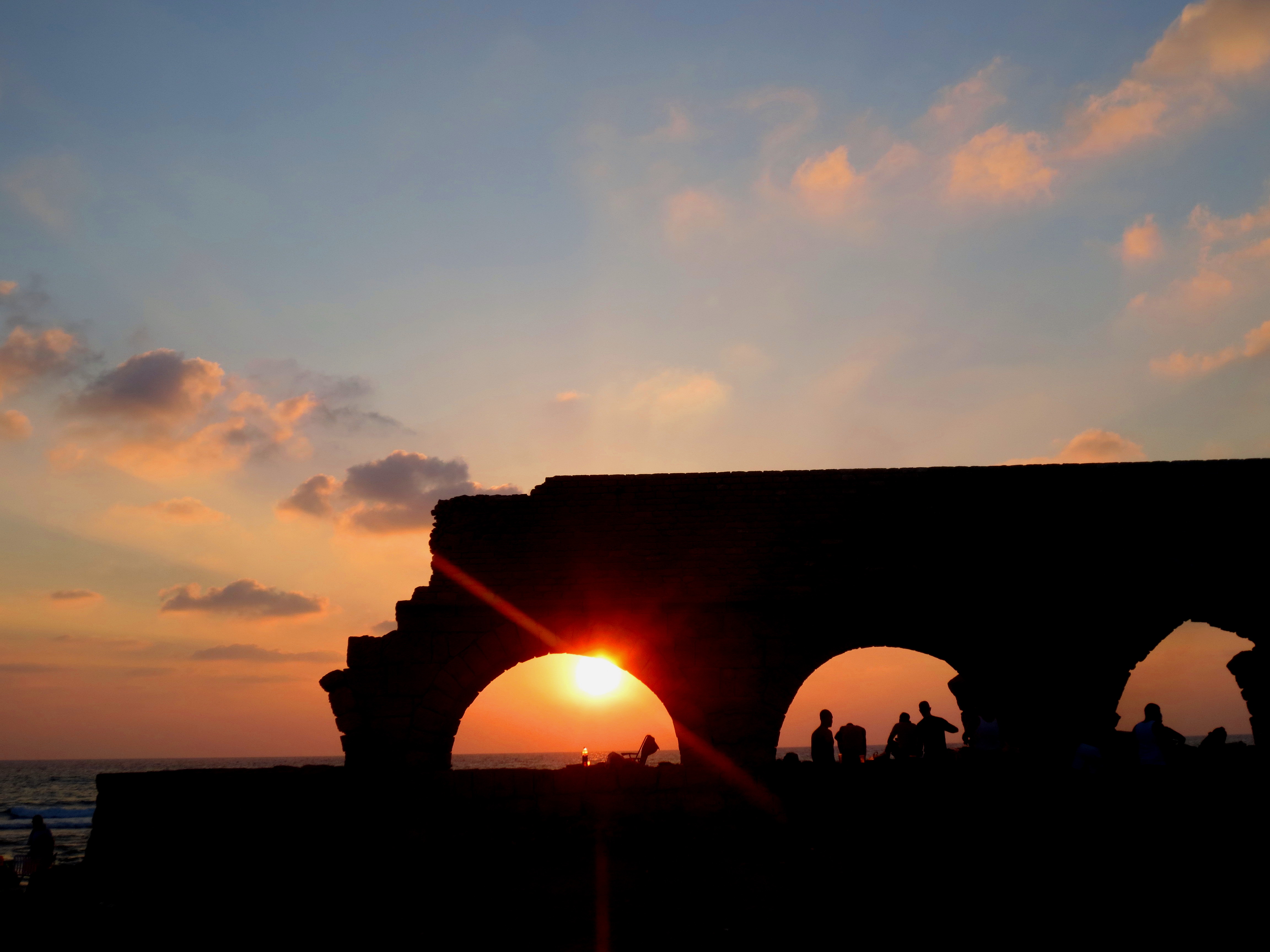
Meet friendly travelers through JournAlong for a glimpse into one of the most pivotal cities in the ancient world. We hope you have an unforgettable experience!
 JournAlong Travel Matching app is a fun and hassle-free way to find travel partners for tours and outdoor ventures. Discovering a region’s ancient roots provides deeper insight into the geopolitical factors regarding its economic role and historic importance.
JournAlong travel matches can explore Caesarea’s ancient roots (and routes) to supplement their trip and add an educational component to their visit.
JournAlong Travel Matching app is a fun and hassle-free way to find travel partners for tours and outdoor ventures. Discovering a region’s ancient roots provides deeper insight into the geopolitical factors regarding its economic role and historic importance.
JournAlong travel matches can explore Caesarea’s ancient roots (and routes) to supplement their trip and add an educational component to their visit.
 Iconic sites in Caesarea include:
Iconic sites in Caesarea include:






